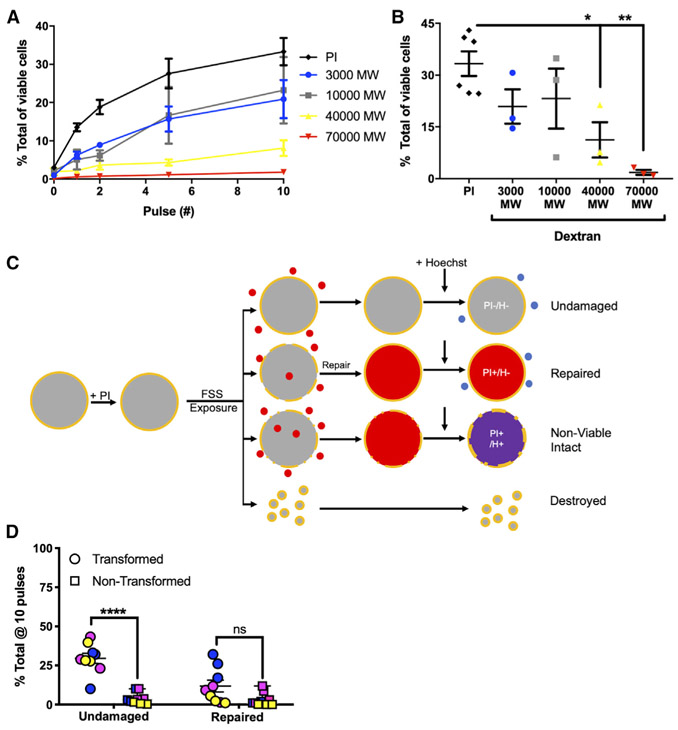Figure 2. Cancer Cells Resist FSS-Induced Nanometer-Scale Disruption of the Plasma Membrane.
(A) Uptake of dextrans of various size and of propidium iodide (PI) in PC-3 cells exposed to FSS.
(B) Uptake after 10 pulses of FSS. Uptake of both 40,000 and 70,000 MW dextrans decreased in comparison with that of PI (*p < 0.05 and **p < 0.01, respectively; one-way ANOVA with Bonferroni correction).
(C) Schematic of flow cytometry assay for evaluation of undamaged and repaired fraction of cells after exposure to FSS. Shown is sequence of exposure to PI, FSS, and Hoechst dye, making it possible to identify cells that resist membrane damage (PI−Hoechst−) and cells that undergo membrane repair (PI+Hoechst−).
(D) Effects of 10 FSS pulses on the fraction of cells that are undamaged or have undergone repair for both transformed cancer cells (PC-3, blue circle; MDA-MB-231, pink circle; TCCSUP, yellow circle) and non-transformed cells (PrEC-LH, blue square; MCF-10A, pink square; primary urothelial, yellow square) (***p < 0.001, t test, n = 3/cell line). Membrane repair after 10 pulses varied among cell lines and did not differ significantly by transformation status (p > 0.05, t test, n = 3/cell line). Data are presented as mean with SEM error bars.
See also Figure S2.

